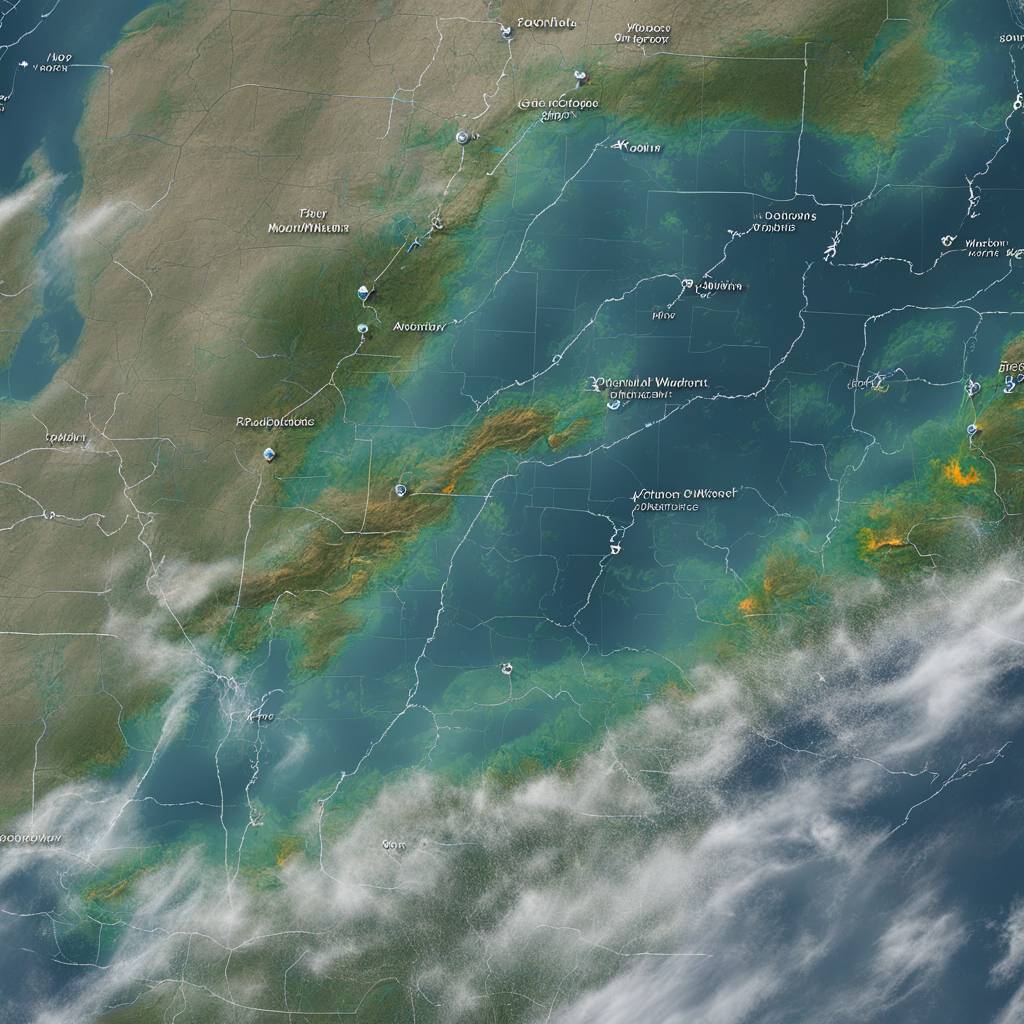Severe weather outbreak continued for the third consecutive day, causing damage in various states from Texas to the Southeast and leading to the death of one person in Kentucky. The worst weather was reported along the East Coast, particularly in parts of Virginia and Florida. Due to atmospheric conditions not being as conducive for severe weather, the chances for damaging winds, large hail, and tornadoes were lower than on previous days. The risk level was downgraded from a Level 4 to a Level 2, although people were still advised to remain vigilant.
The NOAA’s Storm Prediction Center highlighted two separate areas as having the greatest risk of severe weather on Wednesday – one stretching from Delaware to northern North Carolina, and another extending across North and Central Florida. A Tornado Watch was issued in the mid-Atlantic region but did not include Washington or Baltimore. Nearly 30 million people in these regions faced the risk of damaging wind gusts, large hail, and a possible tornado or two.
As a cold front continued to march past the East Coast, there were plenty of showers and thunderstorms ahead of it. The storm system was fast-moving, with some thunderstorms moving east at more than 50 mph. Some of the storms turned severe, prompting warnings for several counties. Most of the storms were expected to move off the East Coast by sunset, although winter weather on the northern end of the storm system would linger through at least Thursday.
April usually sees an increase in severe weather outbreaks, with an increase in tornado activity. It is typically the second busiest month for tornadoes, only behind May. The global climate pattern known as El Niño is known to reduce severe weather outbreaks in the Lower 48 states. The year appears to be following the norms set during previous El Niño events, with tornado activity for the year below average, while hail and damaging wind reports are closer to average.
Overall, the severe weather outbreak continued for multiple days, causing damage and risk across various states. While the risk was downgraded on the third day of the outbreak, millions of people were still facing the potential for severe weather, including damaging winds, large hail, and tornadoes. The storm system was fast-moving and was expected to move off the East Coast by sunset, although winter weather could linger in some areas. The month of April typically sees an increase in severe weather outbreaks, with tornado activity usually peaking at this time. The impact of El Niño on severe weather patterns was also noted, with this year’s data showing tornado activity below average while hail and damaging wind reports remain closer to normal levels.













